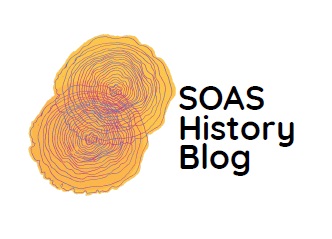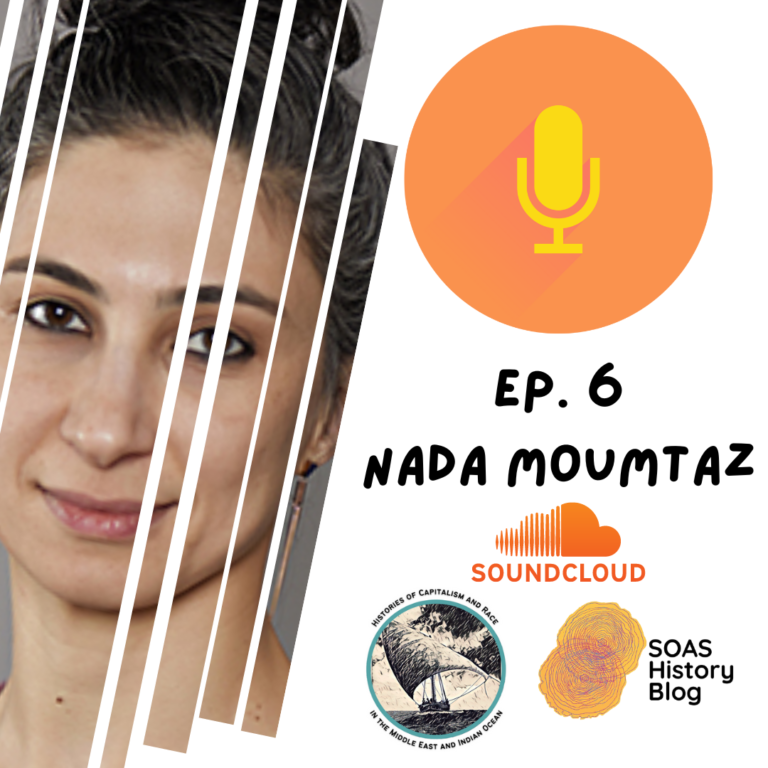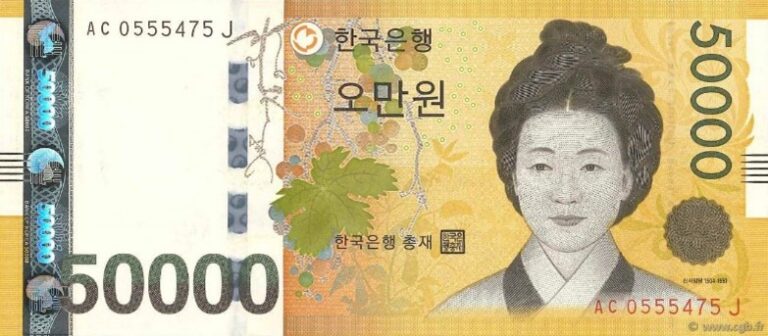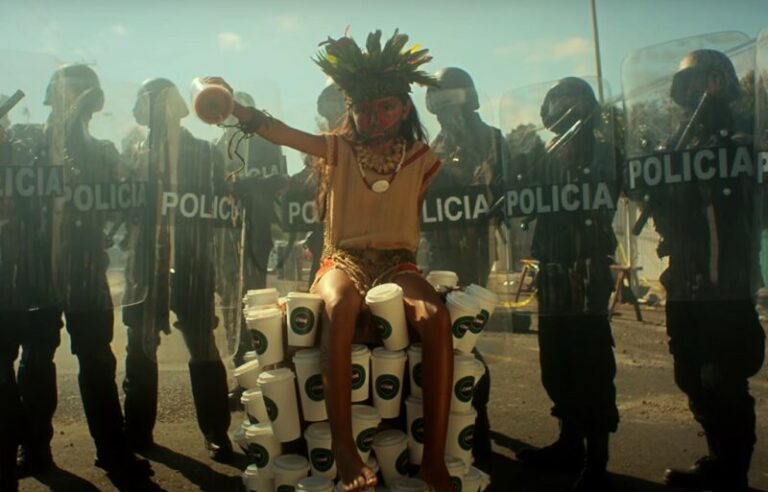Malaysian-Iranian Relations from the Cold War to the Present Day
By Rowena Abdul Razak
In 1968, Muhammad Reza Shah, the Pahlavi monarch of Iran made his first official visit to Malaysia. For the Southeast Asian nation, just ten years independent from British colonial rule, the visit was a recognition of its growing international status. Prime Minister Tunku Abdul Rahman used the opportunity to showcase the country’s growth and reform programmes. For the Iranian Shah, his visit to the region was part of his outreach to Third World nations to position himself as a leader of the Global South, to balance his alignment with the West in the Cold War.
We take this story forward to the visit of President Rafsanjani in 1994 to Malaysia. In 30 years, everything had changed for the two countries. The Pahlavi regime had collapsed and, in its place, an Islamic theocracy under the leadership of a Shi’i clergy had come to power. Recovering from the devastating war with Iraq and isolated from the West, Iran was looking eastwards to Malaysia for recognition. Malaysia had also undergone huge economic and political changes under Mahathir Mohamed. Its petroleum industry was thriving and it had advanced industrially and economically. In open confrontation with the West, especially Britain, Mahathir pursued a “Look East” policy that facilitated better relations with the countries in the southern hemisphere. During the 1980s, at the height of the Iran-Iraq war, Iran sent two ministers to Malaysia to strengthen relations and align with Malaysia’s foreign policy outlook. Indeed, since Rafsanjani’s 1994 trip, every Iranian President, except Ebrahim Raisi, has made a point to visit Malaysia.

These visits speak to the continuity and consistency of diplomatic relations between Malaysia and Iran. They also speak of the importance placed on inter-Asian exchange and ties. Historical in my approach, I have drawn from work that examines Asian self-reflection.[1] Scholarship of Iranian foreign relations in Asia tends to focus on ties with countries such as China, India, and Pakistan. Much less is known about relations with smaller states. In this piece, I will provide a cursory historical overview of Iranian-Malaysian exchanges and diplomatic relations in the twentieth and twenty-first centuries. These have been subject to international sanctions, Shi’a-Sunni rivalry, and changes in the geopolitical environment. While bilateral ties can be described as stable, flashpoints in the relationship, such as the Iranian revolution of 1979 and Malaysia’s banning of Shi’ism in 1994, introduced new tensions that affected political, social, and cultural exchanges. In this piece, I hope to offer some preliminary thoughts about how Malaysian-Iranian relations provide important insight into South-South relations during times of crisis and stability, from the Cold War era until now.
Interactions between the Malay Peninsula and Persia (officially renamed Iran in 1935 by the first Pahlavi monarch, Reza Shah) can be traced back to the sixteenth century when Persian merchants settled and traded along the coast of Malacca. Situated on the trade route linking China, India and the Persian Gulf, the straits of Malacca were (and still are) an important crossing point of cultures of the Indian Ocean and, for Islam, a key gateway to the region. Over the centuries, Persian influence took root in Malay culture and language, laying the foundations of modern relations.
When Malaya (later renamed Malaysia once the states of Singapore, Sabah and Sarawak joined the federation in 1963; Singapore was expelled in 1965) gained independence from the British in 1957, the region was subject to Cold War tensions. The Malayan Communist Party (MCP), once allies with the British during the Second World War, was regarded as a threat to Western interests and presence in Southeast Asia. Britain continued their offensive against the MCP who were mainly operating from the Malayan jungles. Despite achieving independence from the British Empire, Malaya was still subject to British needs and lacked autonomy in foreign relations, which called for confrontation with communism. Iran was also subject to these tensions. The democratically elected Prime Minister Mohammad Mosaddeq nationalised the British dominated Anglo-Iranian Oil Company in March 1951. Fearing this would facilitate the rise of the communist Tudeh Party in Iran, the UK and US engineered a coup to oust Mosaddeq in 1953. At the expense of political freedom, the Shah’s position was strengthened as he came under US influence and aligned Iran with the West in the Cold War. In both cases, national sovereignty was side-lined to prioritise superpower interests.
Within this context, some solidarity and common grounds emerged; the Cold War saw Third World countries become battlegrounds in the struggle between the Soviet Union and the United States. This was particularly apparent in the field of national development. From Latin America to Southeast Asia, governments ushered in new programmes of modernisation and development. Mohammad Reza Shah launched a series of reforms known as the White Revolution, which included programmes for literacy, healthcare, and agriculture. During his 1968 tour of Malaysia, he visited some Malaysian agricultural projects such as a rice paddy research centre in Melaka and a palm oil estate in Selangor. For Malaysia, it was an opportunity to showcase their own advancements in food production and land reforms in the decade after independence. Interest in Malaysia’s projects likely served as a kind of benchmarking, an exchange between two developing nations and a way in which they could make their autonomy within the context of the Cold War.
Another important aspect of the tour was the Shah’s visit to a few of Malaysia’s royal families. Nine families ruled, with the sultan (or raja) of each state rotating the office of Agong (king) of the country every five years. On his trip up north, the Shah and his wife Farah Diba called on the ruler of Perak, Sultan Idris Iskandar Al-Mutawakkil Alallahi and his wife, Raja Perempuan Muzwin binti Raja Arif Shah. Making and maintaining royal connections was imperative at the time, especially in the context of the recent 14th July Revolution in neighbouring Iraq, which saw the execution of King Faisal II and his family. Connecting with other monarchies was a key feature of the Shah’s rule. A few years later in 1971, he would invite the monarchs from Europe, Africa, and Asia to the ancient city of Persepolis to celebrate the 2,500th anniversary of the Persian monarchy. This lavish event, which saw the construction of a luxurious tent city to accommodate the royal guests, would help sow the seeds of discontent with the Shah’s regime amongst the Iranian people facing economic hardship.
This frustration bubbled to the surface with mass demonstrations in the later part of the 1970s, ending with the departure of the Shah in January 1979 and the establishment of an Islamic republic under the leadership of Ayatollah Ruhollah Khomeini. For Malaysia, this change meant little in terms of foreign relations. However, the revolution had a significant impact on the Muslim Malay population, who saw it as a triumph for global Islam. At this point, the Sunni majority of Malaysia made no distinction that the revolution was Shi’i. Young Malay women started wearing the hijab in public in solidarity with the Islamic nature of the revolution. This contrasts sharply with the mass demonstrations by Iranian women against the mandatory hijab ruling, who saw this as government policing of women’s bodies and personal freedoms. Malaysia’s initial support of the revolution would later develop into the reinforcement of Sunni values and anti-Shi’i sentiments, especially among the religious governmental departments.

Religious concerns aside, the start of the Iran–Iraq war in September 1980 saw a long-lasting conflict that devastated both countries, resulting in hundreds of thousands of casualties. In the wake of the hostage crisis and the war, the 1980s saw Iran under pressure and isolated internationally. Iran therefore sought to establish new pathways to connect globally, and Malaysia helped facilitate this. In 1983, Iranian deputy foreign minister Hossein Sheikholeslam visited Kuala Lumpur. He was warmly greeted by Mahathir, who was keen to pursue an eastward and anti-Western approach to foreign relations. His visit coincided with the Malaysian Prime Minister’s initiative to gather the international community to discuss the issue of Palestine. International solidarity with Palestinians had grown throughout the 1970s and 1980s. The Islamic Republic had pledged support for Palestine, cutting diplomatic ties with Israel. Khomeini found a ready support in Mahathir, who made Palestine a cornerstone of Malaysia’s international relations outlook.
Palestine and Mahathir’s ‘Look East’ policy proved to be beneficial for bilateral relations, which steadily improved throughout the 1980s and 1990s. Iranian presidents regularly started visiting Malaysia, first with Hashemi Rafsanjani in 1994, and most recently in 2020 when Hassan Rouhani met with current Malaysian Agong, Al-Sultan Abdullah Ri’ayatuddin al-Mustafa Billal Shah.
Relations in the twenty-first century have evolved, with Malaysia coming under pressure to comply with international sanctions against Iran. As two oil producing countries, there is plenty of room for technological and knowledge exchange. But sanctions have prevented collaboration in this arena, limiting Malaysian-Iranian economic cooperation. While Persian carpets are immensely popular in Malaysia, cultural exchanges had otherwise been limited due to concerns about the growth of Shi’ism, especially in the 2010s. Nonetheless, there is still room for cross-cultural promotion, with the staging of an Iranian exhibition at a shopping mall in Kuala Lumpur last year. Tourism has increased on both sides, with visa-free travel and direct flights between the two countries. At times of unrest and government crackdowns, Iranians have found refuge in Malaysia, seeing it as a place to settle or use as a base for emigration to the West. Malaysian and international scholars have also started to show more interest in producing academic work on the Persian influence on Malay culture and literature. For example, the works of scholars such as Nile Green, Majid Daneshgar, Farish A Noor, Arash Khazeni and Annabel Gallop have all contributed to our understanding of cultural and linguistic exchange along the Indian Ocean.
This piece has given an overview and snapshot of relations between Malaysia and Iran in recent history, touching on key moments and aspects of solidarity. Throughout the twentieth century, Iranian-Malaysian relations have remained consistent despite colonialism, the Cold War, revolution, religious differences, and sanctions. Much more can be said about this story of inter-Asian exchange. Malaysia and Iran may not be the obvious case study but offers an interesting example of how Asian countries can come together despite differences.
Editors’ Note: The editors would like to thank Dr Mattin Biglari for his area expertise and guest-editing of this piece.
Footnotes and further reading
[1] Here I draw from historian Nile Green who explored connections between Japan and the Persianate World, exposing networks that reflected on the scope of inter-Asian exchange. Neil Green, How Asia Found Herself: A Story of Intercultural Understanding (New Haven: Yale University Press, 2022).
Neil Green, ‘How Asia Found Herself: A Story of Intercultural Understanding’ New Haven: Yale University Press, 2022.
Arash Khazeni, ‘The City and the Wilderness: Indo–Persian Encounters in Southeast Asia’, Oakland: University of California Press, 2020.

Rowena Abdul Razak
she/her
Contributor 2023
Rowena Abdul Razak holds a DPhil in Oriental Studies at the University of Oxford where she looked at the role of the Tudeh Party in British policy during the Second World War. She has written on British-Iranian labour relations, the history of the Iranian oil industry, and most recently, the Tudeh in British Left discourse in the 1980s. She is currently working on her first book that examines the creation of Cold War tensions in occupied Iran.
Twitter: @rowenarazak
SOAS History Blog, Department of History, Religions and Philosophy, SOAS University of London







